1. Fannie Lou Hamer – The Activist Who Challenged Voter Suppression
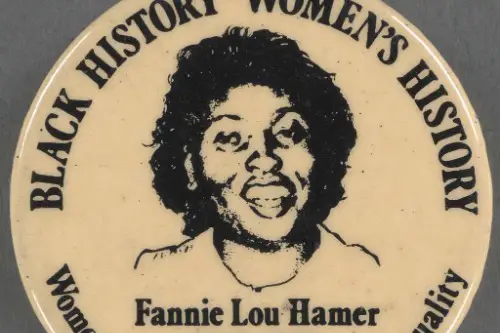
Fannie Lou Hamer was a sharecropper-turned-activist who risked everything to fight for Black voting rights, PBS shares. In the 1960s, she co-founded the Mississippi Freedom Democratic Party to challenge the all-white political establishment. She famously testified before Congress about the brutal beatings and intimidation Black voters faced, shocking the nation. Yet, despite her powerful role in the Civil Rights Movement, she is often left out of history books.
Her courage helped pave the way for the Voting Rights Act of 1965, which dismantled racist voting laws. She was known for her powerful voice, once declaring, “I’m sick and tired of being sick and tired.” Unlike some of her contemporaries, she never held political office, which may explain why she isn’t as widely remembered. Still, without her, the fight for voting rights wouldn’t have been the same.
2. Bass Reeves – The Real Lone Ranger
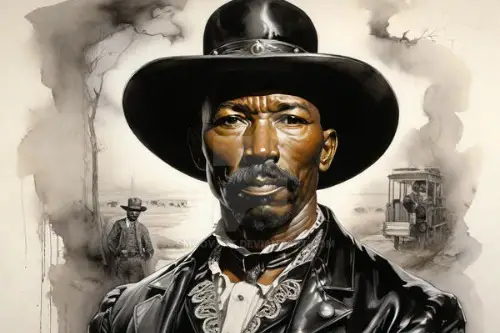
Bass Reeves was a former enslaved man who became one of the most legendary lawmen in the Wild West, according to the Oklahoma Historical Society. As a U.S. Marshal, he arrested over 3,000 criminals and was known for his sharp detective skills and expert marksmanship. Many historians believe he was the real-life inspiration for the Lone Ranger, but Hollywood erased his Black identity. Instead of being remembered as a hero, his story was whitewashed from popular culture.
He often worked undercover, using disguises to catch criminals off guard. Unlike many lawmen of the time, he upheld justice fairly, even arresting his own son for murder. His legacy is slowly gaining recognition, but he still isn’t as famous as other Wild West figures. Given his fearless dedication to the law, he deserves a place in every history book.
3. Sybil Ludington – The Teen Who Outrode Paul Revere
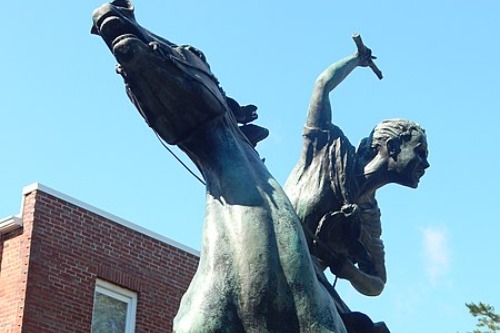
Everyone knows about Paul Revere’s midnight ride, but few have heard of Sybil Ludington. At just 16 years old, she rode twice the distance of Revere to warn militia forces about an incoming British attack, according to the American Battlefield Trust. She traveled through dangerous, stormy conditions to rally troops and protect her town. Yet, because she was a young girl, her bravery never became a household story.
Unlike Revere, who had multiple eyewitnesses and support from influential figures, Ludington’s ride was largely documented by her family. Still, historical records confirm her role in warning American forces during the Revolutionary War. She later received praise from George Washington himself, but her story faded into obscurity. Today, her ride is recognized in small local tributes, but she deserves national recognition.
4. Charles Drew – The Doctor Who Transformed Blood Banks
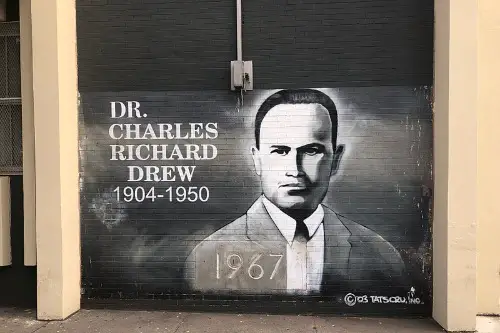
Dr. Charles Drew revolutionized medicine by developing the modern blood bank system, according to the American Chemical Society. His research in plasma storage and transfusions saved countless lives, especially during World War II. However, despite his contributions, he was forced to navigate a deeply racist medical field that often dismissed Black scientists. Even worse, a false rumor spread that he died because a white hospital refused to treat him, overshadowing his real legacy.
Drew also fought against segregation in blood donation, arguing there was no scientific reason to separate blood by race. His work laid the foundation for organizations like the American Red Cross, though he resigned in protest over their racist policies. Despite his immense impact, his name isn’t widely taught in medical history. Every time someone receives a blood transfusion, they owe a debt to Charles Drew.
5. Percy Julian – The Chemist Who Revolutionized Medicine
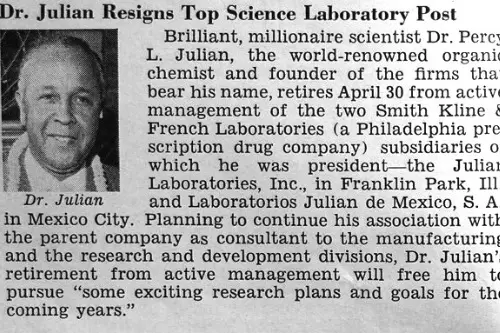
Percy Julian was a Black chemist whose discoveries changed the pharmaceutical industry forever, according to the Science History Institute. He developed synthetic hormones like cortisone, making life-saving drugs affordable for millions. His work laid the foundation for modern steroid medications, yet he faced relentless racial discrimination throughout his career. Despite his brilliance, his contributions are often overlooked in favor of other scientific pioneers.
He was the grandson of enslaved people and fought his way into academia at a time when segregation ruled. After being denied faculty positions due to his race, he turned to industry and made groundbreaking innovations. His research led to treatments for arthritis, glaucoma, and even birth control. Today, his work affects millions, but few people know his name.
6. Zitkala-Ša – The Native American Writer Who Fought for Indigenous Rights
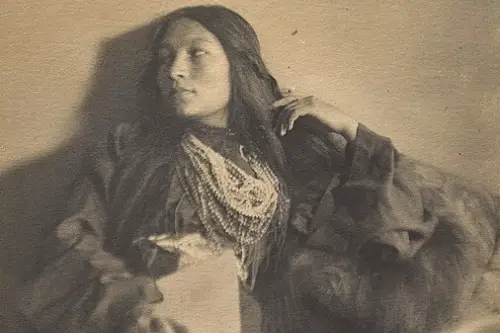
Zitkala-Ša was a writer, activist, and musician who fought for Native American rights in the early 20th century. She was forced into a government-run boarding school, where she was stripped of her Lakota identity and forbidden to speak her language. Despite this, she used her voice to expose the horrors of these schools and advocate for Indigenous sovereignty. Her powerful writings revealed the deep injustices faced by Native communities.
She later helped draft the Indian Citizenship Act of 1924, giving Native Americans U.S. citizenship. Her activism laid the groundwork for later Native rights movements, but she remains largely unknown outside Indigenous communities. Zitkala-Ša also composed one of the first Native American operas, blending her culture with Western classical music. Her work remains a crucial piece of American history, even if it isn’t widely taught.
7. Garrett Morgan – The Inventor Who Made Streets Safer
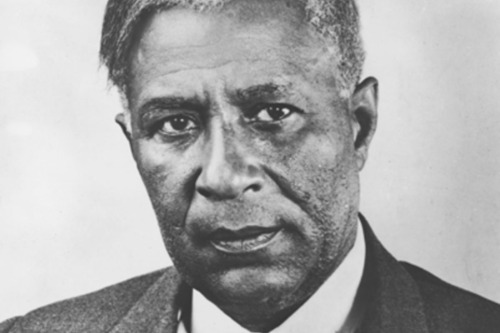
Garrett Morgan was a self-taught Black inventor whose creations still impact daily life. He invented the three-position traffic signal, making intersections much safer and reducing deadly accidents. Before his design, traffic signals only had stop and go, which led to countless crashes. His innovation created the yellow caution light, a feature still used today.
He also developed an early gas mask that saved lives in fires and wars, but his contributions were often ignored due to racism. When he tried selling his inventions, he sometimes hired white actors to pose as the inventors to gain credibility. Despite these struggles, his work left a lasting mark on public safety. Without Morgan, crossing a busy street would be a much riskier experience.
8. Rebecca Crumpler – The First Black Female Doctor in the U.S.
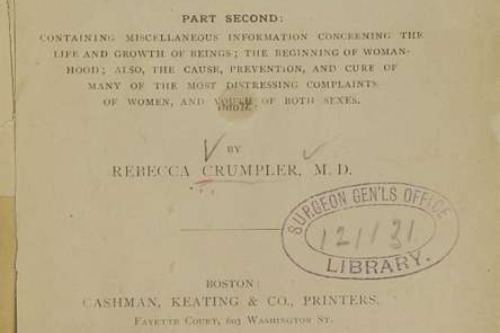
Rebecca Crumpler broke barriers in medicine by becoming the first Black woman to earn a medical degree in the U.S. in 1864. At a time when few women, let alone Black women, were allowed in the medical field, she treated freed slaves and poor communities in the South. Her work focused on public health, especially for women and children, long before it was a recognized specialty. Yet, her contributions have been largely erased from medical history.
She wrote one of the first medical textbooks by a Black woman, offering guidance on healthcare for underserved populations. After the Civil War, she continued working despite facing constant racism and sexism. While figures like Florence Nightingale are widely celebrated, Crumpler’s work is rarely mentioned. Her legacy paved the way for future Black doctors, but she still doesn’t get the recognition she deserves.
9. Mary Bowser – The Spy Who Outsmarted the Confederacy
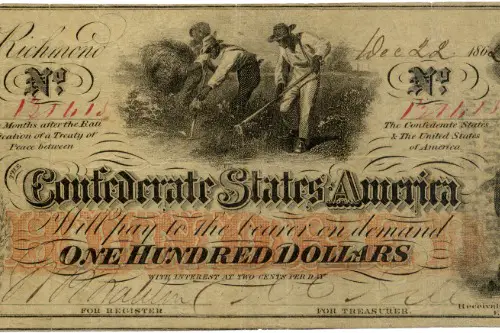
Mary Bowser was an enslaved woman who became a Union spy during the Civil War. Placed as a servant in the Confederate White House, she used her photographic memory to relay critical military secrets to the Union. Since the Confederate leaders underestimated her, they often spoke openly around her, never realizing she was gathering intelligence. Her information helped shape Union strategies, yet her name is rarely mentioned in history books.
After the war, she vanished from public records, possibly to protect her identity. Because of the secrecy surrounding her work, much of her story was lost, leaving her largely forgotten. Even though she risked her life for the Union, her contributions are overshadowed by male spies of the era. If her story were more widely known, she’d be recognized as one of America’s greatest intelligence agents.
10. Lewis Latimer – The Man Who Helped Perfect the Light Bulb
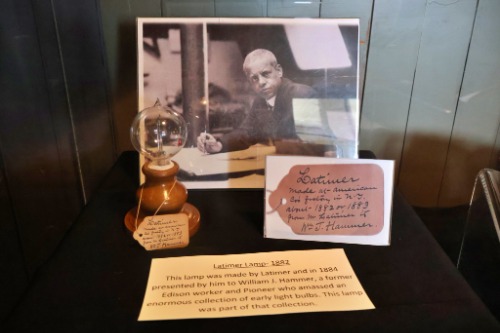
Thomas Edison gets all the credit for the light bulb, but without Lewis Latimer, it wouldn’t have been practical for everyday use. Latimer, a Black inventor and draftsman, created a longer-lasting carbon filament that made light bulbs more durable and affordable. Before his invention, bulbs burned out quickly and weren’t reliable for widespread use. Despite his major contribution, his name is often missing from the history of electric lighting.
He worked with both Edison and Alexander Graham Bell, helping to draft the patent for the telephone. As one of the few Black engineers in his time, he faced discrimination but never stopped innovating. His work laid the foundation for modern lighting, yet most people have never heard of him. Every time you flip a light switch, you’re benefiting from Latimer’s genius.
11. Ann Lowe – The Black Fashion Designer Behind Iconic Gowns
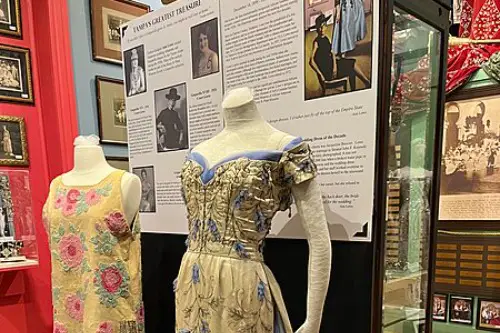
Ann Lowe was a trailblazing Black fashion designer who created some of the most famous gowns in American history. She designed Jacqueline Kennedy’s wedding dress, yet her name was barely mentioned in the press. Known for her intricate hand-sewn floral details, she dressed high-society women but often worked behind the scenes due to racial discrimination. Many of her designs were credited to white designers, erasing her from fashion history.
Despite her incredible talent, she was underpaid and struggled financially throughout her career. Even when she gained recognition, she was dismissed as just a seamstress rather than a true designer. Today, the fashion industry is slowly rediscovering her legacy, but she still isn’t as well-known as she should be. Without Ann Lowe, American couture wouldn’t be the same.
12. Benjamin Lay – The Quaker Who Fought Against Slavery Before It Was Popular
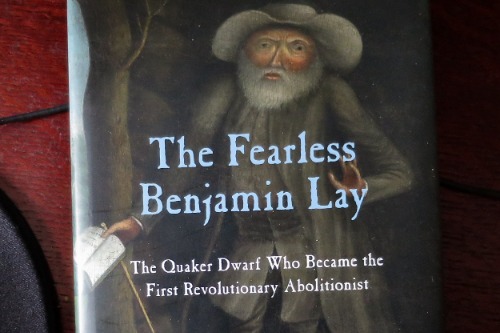
Benjamin Lay was an 18th-century Quaker who fought against slavery when even many abolitionists stayed silent. He was known for his extreme activism, once storming a Quaker meeting and smashing a vial of fake blood to protest slave ownership. Unlike many early abolitionists, he believed in complete racial equality, not just ending slavery. Despite his radical stance, he was shunned by many, and his name faded from history.
Lay lived in a cave, refusing to participate in a society that profited from slavery. His activism laid the groundwork for later abolitionist movements, but his radical methods made him unpopular. Because he wasn’t part of the political elite, his contributions were largely erased from mainstream history. Today, as more people recognize the long struggle for racial justice, his legacy is finally getting the attention it deserves.


